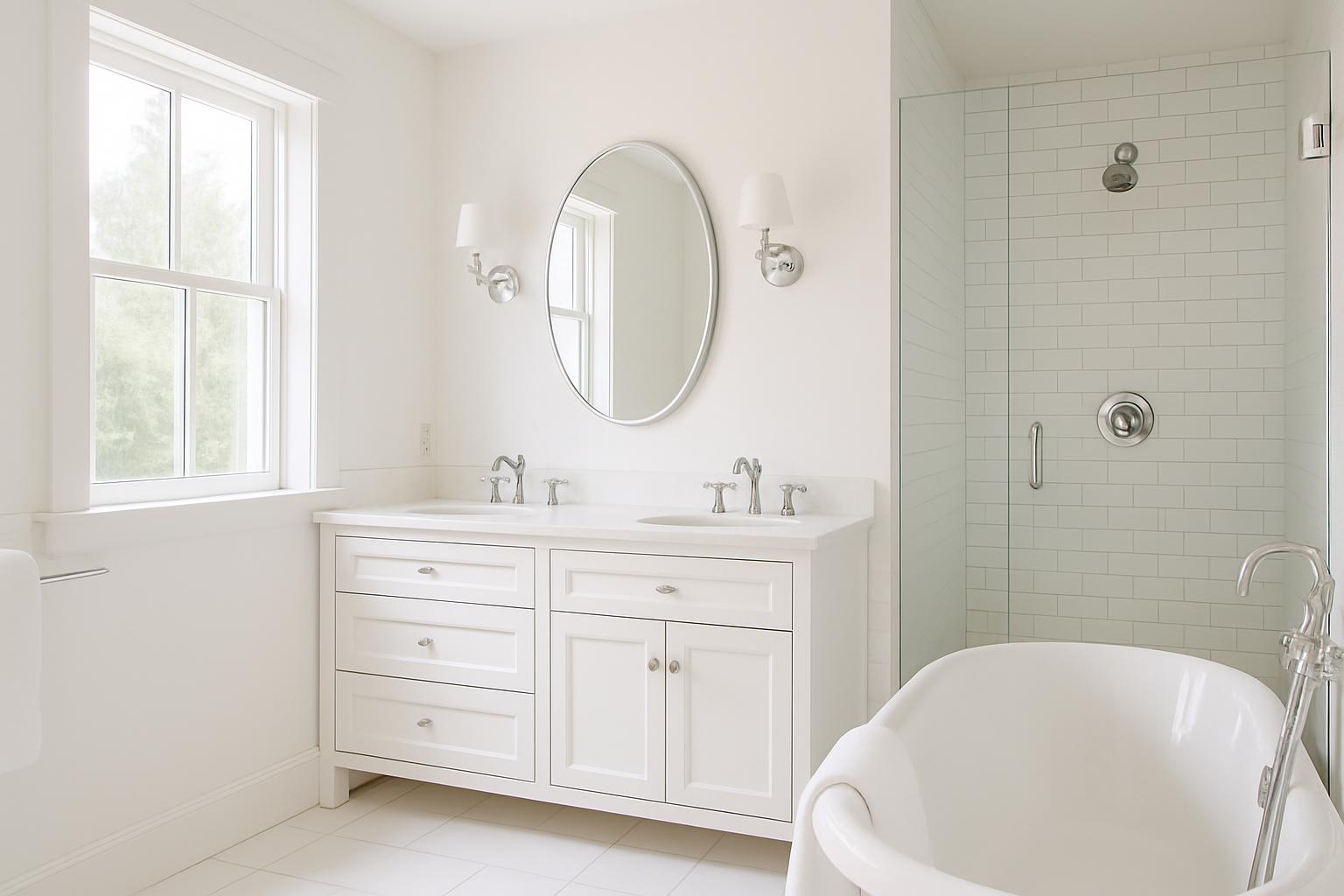Hidden mould is a very common issue found in many households that can negatively impact both your health and the condition of your property. It frequently develops in areas that are not easily visible, especially where moisture tends to build up, which makes it challenging to spot until it has grown into a significant problem.

By understanding the typical locations where mould tends to hide, you can more effectively identify and deal with it at an early stage, helping to maintain a safe and healthy living environment. Below are the five most common places where you are likely to find hidden mould in your home:
- Behind Wallpaper and Wall Panels
Moisture trapped behind wallpaper or wall panels creates an ideal environment for mould growth. This often happens in rooms with high humidity, such as bathrooms and kitchens, or in walls that have experienced water leaks. If you notice peeling wallpaper, bubbling paint work or a musty smell, it’s a good idea to check behind these surfaces for mould. - Underneath Carpets and Rugs
Carpets and rugs can trap moisture from spills, cleaning, or humidity, which can lead to mould growth beneath the surface. This is especially common in basements, bathrooms, or areas with poor ventilation. If you detect a damp or earthy smell or see discoloration on the carpet’s underside, it could indicate hidden mould. - Inside HVAC Systems and Air Vents
Heating, ventilation, and air conditioning (HVAC) systems can harbor mould due to condensation and dust buildup inside ducts and vents. When the system runs, it can spread mould spores throughout your home, exacerbating allergies and respiratory issues. Regular inspection and cleaning of HVAC components are crucial to prevent mould growth. - Around Window Frames and Sills
Condensation often forms on window panes, especially in colder months, creating a moist environment on the frames and sills. This moisture can lead to mould growth, particularly if the area is poorly ventilated or if there are gaps allowing water infiltration. Inspect windows regularly for signs of mould or water damage. - In Bathroom Fixtures and Seals
Bathrooms and laundry’s are prime locations for mould due to constant exposure to water and humidity. Mould commonly grows in shower curtains, grout between tiles, seals around bathtubs and sinks, and even inside drainpipes. Keeping these areas clean and dry helps prevent mould from taking hold.

Preventing Hidden Mould Growth
To minimize the risk of hidden mould, control moisture levels in your home by using dehumidifiers, fixing leaks promptly, ensuring proper ventilation, and cleaning regularly. If you suspect mould but cannot locate it, consider consulting a professional mould inspection service to assess and remediate the problem effectively.
By knowing where mould commonly hides, you can take proactive steps to protect your home and health from the damaging effects of mould infestation. Regular monitoring and maintenance are key to keeping your living environment mould-free.

